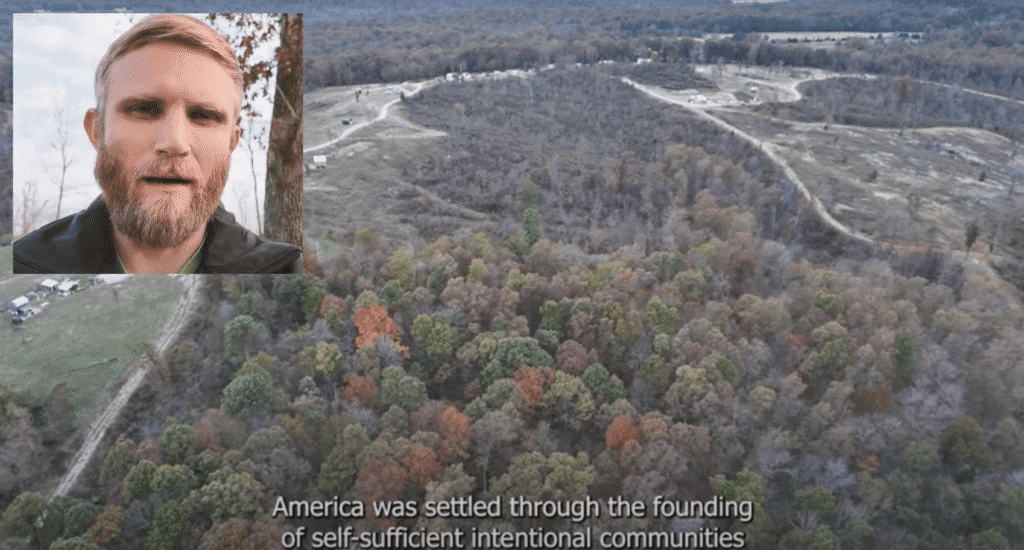Revival of Segregated Communities: A Controversial Initiative in Arkansas
In a surprising twist to the ongoing debates about racial and religious equality in housing, a group in Arkansas is working to establish a segregated community. Dubbed Return to the Land, this organization is co-founded by Eric Orwoll and Peter Csere and operates on a 160-acre parcel in northeast Arkansas.
The Vision Behind Return to the Land
Return to the Land aims to create an exclusive settlement for individuals of European descent. The group’s website outlines that Jews and non-whites are explicitly prohibited from joining. Prospective residents must prove their “ancestral heritage” through a rigorous vetting process, which includes written applications and interviews.
Key Features of Return to the Land:
- Location: The community is near Ravenden, Arkansas, a predominantly white town.
- Living Conditions: The settlement consists of tiny homes; residents grow their own food and utilize off-grid resources like well water.
- Membership Requirements: Applicants are subject to a $50 vetting fee, followed by a $25 membership dues upon acceptance.
According to experts, the organization’s strategies might infringe upon anti-discrimination laws, raising questions about its future sustainability.
Historical Context and Similar Initiatives
Return to the Land is part of a long-standing tradition among white supremacist groups that have sought to form isolated communities. While similar efforts have sporadically emerged across the United States over the decades — such as in the Pacific Northwest during the 1970s and ’80s — many of these initiatives have been short-lived due to financial challenges and internal conflicts.
A notable earlier attempt in Arkansas was led by Jason Barnwell in 2012, aiming to establish a white supremacist enclave in Evening Shade. This project ultimately collapsed after legal troubles ensued.
Community Structure and Aspirations
Despite its small size, the group exhibits an organized structure that some experts find concerning. Morgan Moon, an investigator with the Anti-Defamation League’s Center for Extremism, described Return to the Land as one of the more developed white supremacist communities due to its comprehensive financial and legal framework.
- Current Residents: Moon estimates about a dozen people currently inhabit the property.
- Future Plans: Orwoll has hinted at ambitions to expand the community concept to urban areas like San Francisco and New York City.
Orwoll maintains a YouTube channel where he discusses his experiences and ideologies, stating, “We’re not running away. This is actually a path to power.”
Legal Challenges and Implications
Return to the Land’s operational model raises significant legal questions about compliance with the Fair Housing Act of 1968. The Act prohibits housing discrimination based on race and religion, and experts warn that the group’s attempts to categorize itself as a Private Membership Association might not offer the legal loophole they expect.
Legal Risks Include:
- Discriminatory Practices: The group openly excludes applicants based on religion, specifically those practicing Islam or certain interpretations of Judaism.
- Potential Consequences: Legal experts suggest that the group’s focus on residential development could lead to stringent scrutiny under fair housing laws.
Conclusion
Return to the Land is both a reflection of enduring prejudices and a challenge to contemporary legal frameworks surrounding housing equality. As the group navigates its ambitions and the complexities of U.S. anti-discrimination laws, the community serves as a stark reminder of the ongoing struggle over racial and religious inclusion in American society.
For further insights into fair housing laws, consider reading this informative article.
This structured approach aims to engage readers while maintaining high SEO standards, ensuring that the article remains informative and accessible. Utilizing external links boosts the article’s visibility, providing readers with additional resources for deeper understanding.


